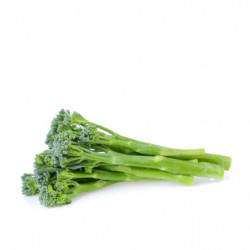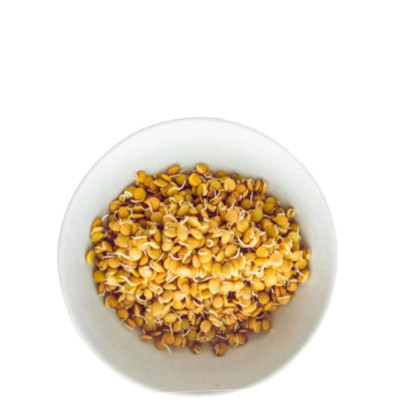Violette Potato: Characteristics and Versatile Uses
The Violette potato, also known as purple potato, is a potato variety native to South America that stands out for its distinctive purple color on the skin and flesh. Below are some relevant aspects of this variety:
Definition:
The Violette potato is a variety of potato with intense purple skin and flesh. Its shape is oval, and its size is similar to that of conventional potatoes.
Appearance:
The skin of the Violette potato is smooth and thin, dark purple or black in color. The flesh is firm and has an intense purple color.
Composition and Nutrients:
The Violette potato is rich in antioxidants, especially anthocyanins, which give it its characteristic purple color. Additionally, it is a good source of vitamins from the B group, vitamin C, and minerals such as iron and potassium.
Varieties:
There are different varieties of purple potatoes, some of them of French origin, such as the Vitelotte or the Blue Congo.
Origins:
The Violette potato originates from South America, but its cultivation has spread to other parts of the world, such as Europe.
Culinary Uses:
The Violette potato is very versatile in the kitchen and can be prepared in various ways: boiled, roasted, fried, mashed, etc. Its flavor is mild and slightly sweet. It is widely used in French gastronomy to prepare dishes like gratin dauphinois.
Therapeutic Uses:
The Violette potato, like other potato varieties, has nutritional and medicinal properties. For example, it is used in traditional Chinese medicine to treat liver and kidney problems.
Curiosities:
The Violette potato is a rare variety, and its cultivation is not widespread. Its intense purple color makes it a very striking and original potato.
Signature Dish:
One of the most famous dishes in which the Violette potato is used is gratin dauphinois, a French recipe that combines potatoes, cream, and garlic.
Current Cultivation:
The Violette potato is mainly cultivated in Europe, in countries such as France, Spain, or Italy. However, its cultivation is limited, and its production is lower than that of other more common potato varieties.























